By Rodgers Otiso
According to data from the World Bank, around 733 million people in sub-Saharan Africa have no access to electricity with the concern that by 2030, 91% of them will still not be connected if governments do not substantively opt for alternatives in power provision.
In Kenya, World Bank estimates that access to electricity was at 71.44% by 2020.
However, despite government efforts in rural areas electrification, at least 16 million people are still not connected to electricity.
In some villages like Miwani in Kisii county, microgrids are helping to reach rural communities which have no access to electricity from the national grid.
‘We have been having the challenge of accessing power for domestic use, but because God works in his ways a ‘Mzungu’ came here in our village and learned that we had difficulties in lighting our homesteads so he came up with a power project dubbed PowerHive,” says Simon Omari, a resident of Miwani village.
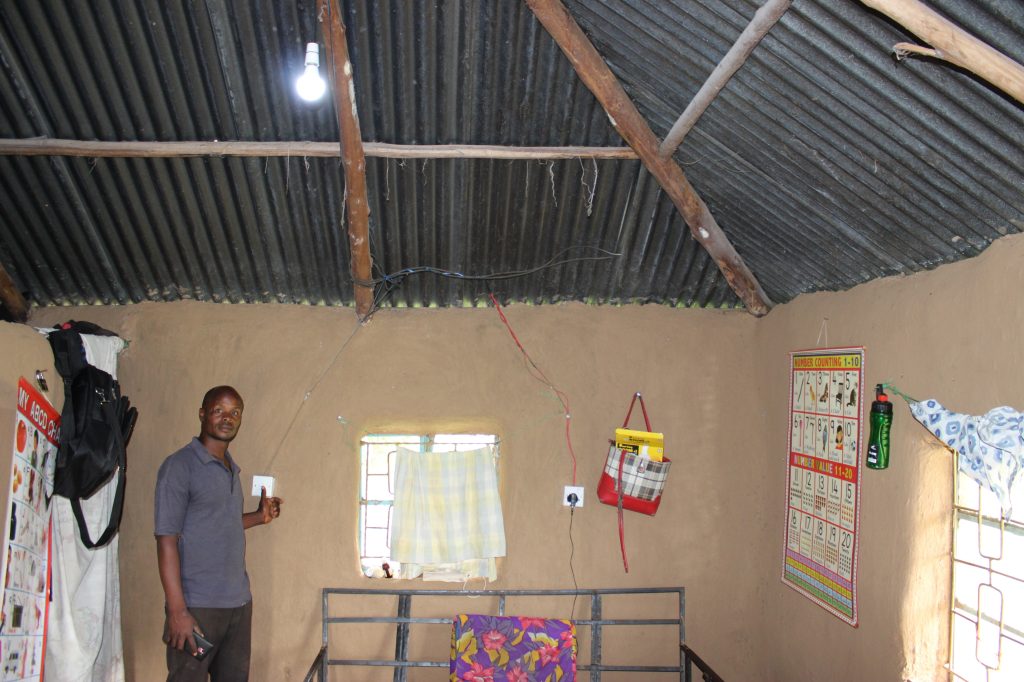
According to an engineer operating at Miwani village, Ezekiel Omwoyo, PowerHive, a US-based technology venture helps to light homesteads, especially those in remote areas where national power cannot reach easily. The microgrid project started in the village five years ago.
“Powerhive connectivity was achieved in partnership with mobile network operations and internet service providers, leveraging PowerHive’s microgrid infrastructure and deployment model,” Mr. Omwoyo explained.
“The microgrid is installed at the center of Miwani village, it’s operating at a radius of 5 Km from where it’s installed and more than 1500 homesteads are benefiting from the project.”
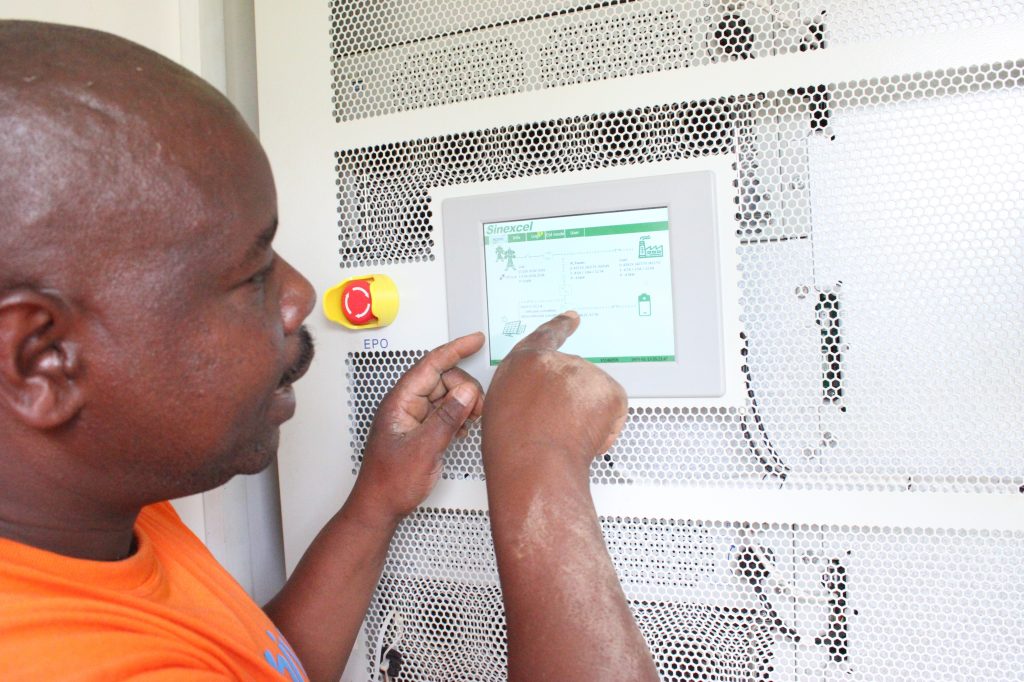
He adds that, once they are operational, the microgrids can provide up to 1MW of generating capacity hence benefiting the large population.
The microgrids are using smart meters linked to a cloud-based server. This integrated system enables customers to pre-pay for electricity using M-Pesa, mobile phone-based money transfer service, while allowing Powerhive to remotely monitor performance, consumption and cash flows.
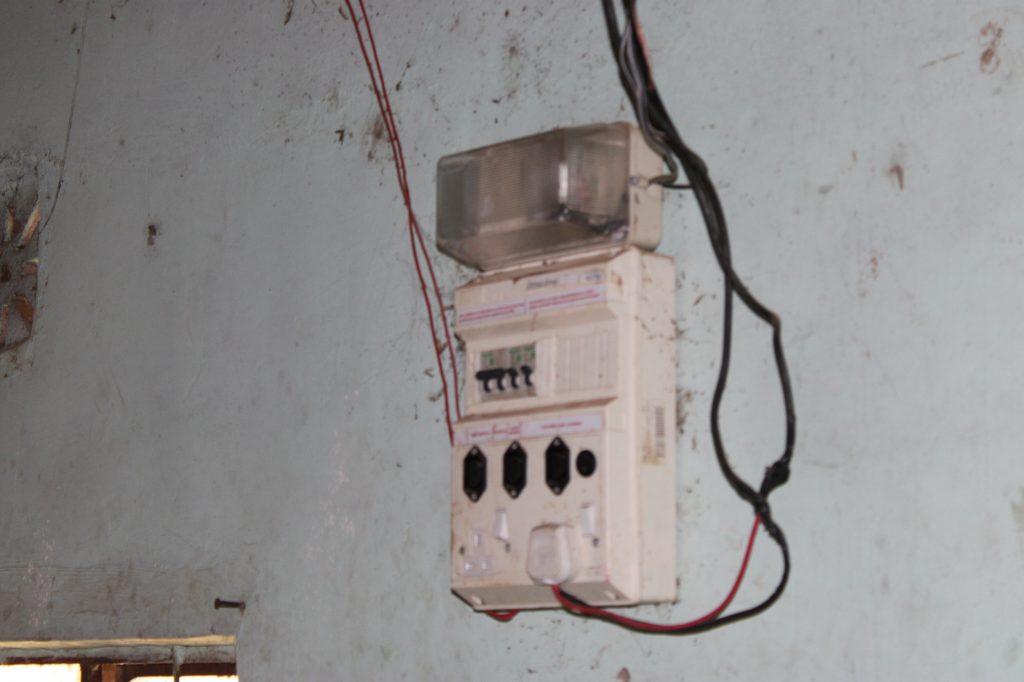
The residents can do daily, fortnightly or monthly subscription depending on one’s pocket and preferences.
For a day, a client is required to subscribe at Ksh 20, fortnightly at Ksh.250 and monthly at Ksh.499 .
According to residents, this works the same way, one buys internet bundles from telecom companies. Once the power bundles are exhausted, the power goes off and you are force to do another subscription. ‘This becomes possible through core technology innovation that the solar farm has ‘, Mr Omari said.
According to Francis Nyamaramba, owner of the piece of land where this Solar farm is installed, for one to get connected to the solar grid, there is a registration fee of Ksh.3000.
After the payment, the installment of the equipment is done. Thus, you only have to do the subscriptions.
He further explains that PowerHive is much better than electricity from the Kenya Power and Lighting Company (KPLC) because, sometimes if electricity from the solar farm goes off, we can easily communicate with the village administrator who later calls the engineer to see what’s wrong with power supply and this is what we have been doing and it’s working.
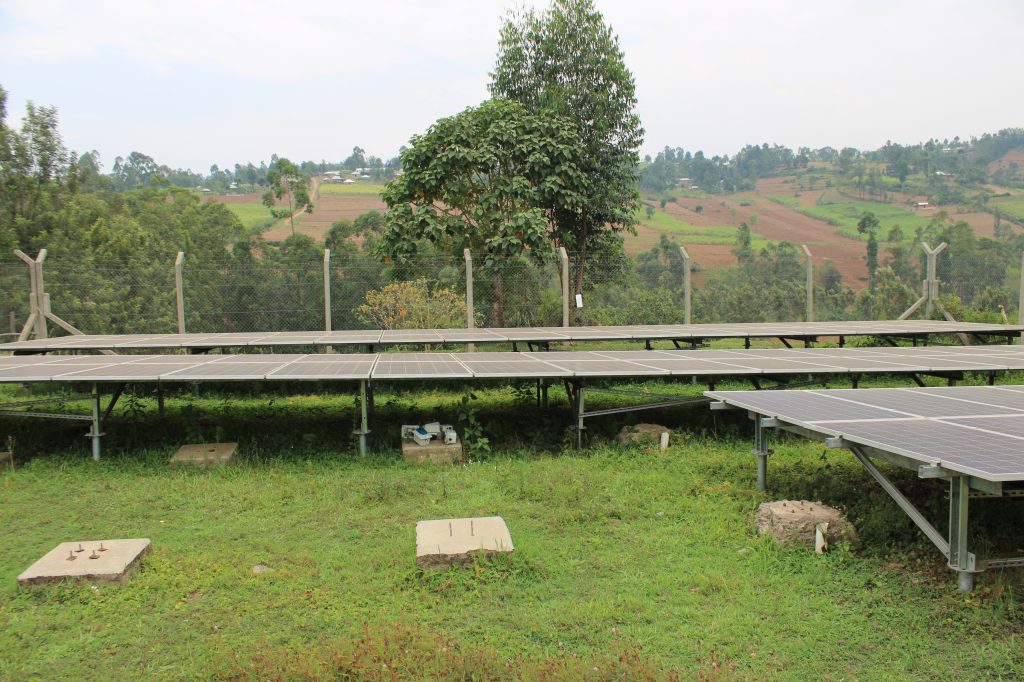
In case, there’s a black out in the village or certain region using the national power, some times you have no one to complain to, you can wait for even a week before power comes back which creates a lot of disappointment.
Nyamaramba also notes that PowerHive is less expensive as the connection fee is shs. 3000 compared to the shs. 10,000, one needs to pay to be connected to the national electricity grid.
“My compound was dark from every corner, we only depended on kerosene lamps for lighting. To make the matter worse, I had only one lamp which was to serve the whole house from the kitchen to the sitting room. When the lamp is used in the kitchen, the sitting room becomes very dark, this negatively limited us,” he recalled, adding that one could easily get injured when moving from one room to another and reading at night was also difficult.
Nyaramba has been using PowerHive for four years now.
“ I can read my Bible in the evening without facing challenges, and interact with the family in the evening before we go to sleep. I have a television here where I follow all that is happening around the world just because there is efficient power around that runs the device,” he noted.
Mr Omari says that he used to walk more than 2 km to go and charge his phone before PowerHive came to Miwani village.
“There’s a centre that borders our village here where I used to take my phone to be charged because it was the only available and nearer place that had electricity. I would take the phone early in the morning and bring it back in the evening, imagine covering more than four kilometres a day and you have some chores waiting for you to perform, it was really hectic but with PowerHive in place, now my phone is full 24/7 and I don’t have to walk and charge somewhere else,” he said.
Additionally, Omari’s school-going children are now able to study well at night and even do early morning studies unlike four years ago when that used to be a struggle.
“At that time we were using ‘ Koroboi’ and I had one, so it meant that we were to use the ‘Koroboi’ to provide lightning when preparing supper before we allow the kids to use them later, this delayed them because you could find at this time, the children’s concentration is low, they just need to eat and sleep,” he said.
Mr Omari further explains that the villages the power is serving are more secure now than before, we used to have cases of night attacks, and robbery with violence, but since in every homestead security lights are available, it becomes impossible for thieves or anyone to break the law by attacking someone at night or intruding someone’s home without consent.
According to Job Machini, a posho mill owner, there was no posho mill in the village where the villagers could have their maize milled to produce flour for domestic use. They were walking long distances in search of the machine but with the solar farm in the village, they have electricity that runs the machine.
Machini who was previously jobless and now earns a living from the posho mill notes that he pays shs. 150 per day for electricity subscription depending on the number of customers.
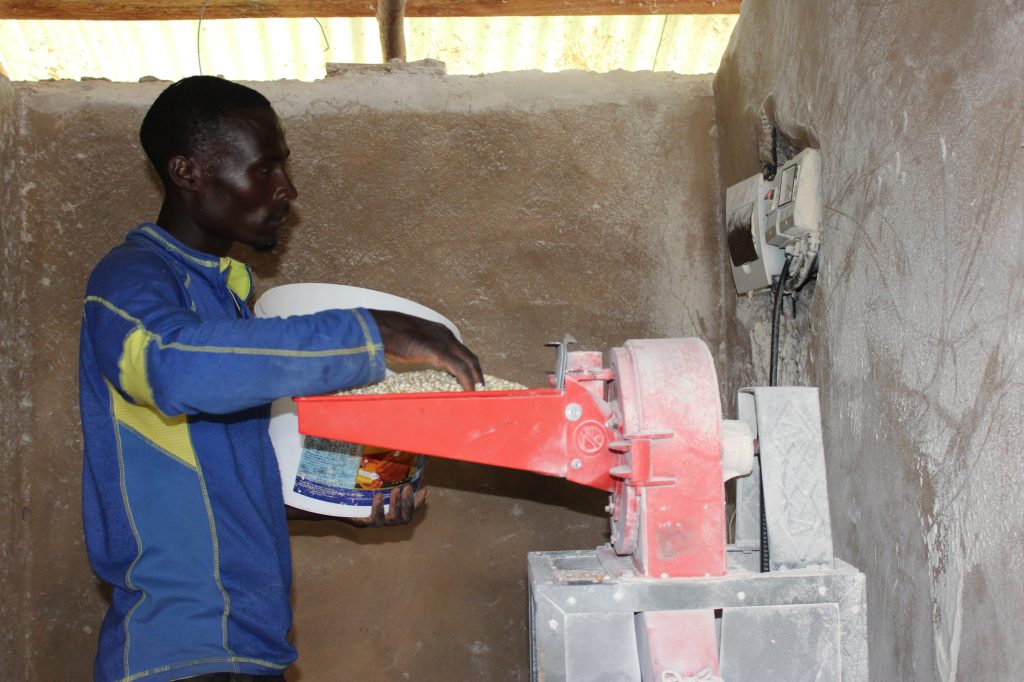
“Also, using this form of energy to run the posho mill is a great deal because it is environmentally friendly, it does not pollute the environment as much as one that uses fuel does,” he observed.
Despite this, Omwoyo note that the main challenge of PowerHive Solar Farm is that residents have to pay a daily subscription to access the power, if you are not subscribed that means you don’t have power.
According to Mr Nyamaramba, it is evident that the project has been impactful on residents but unfortunately, it’s inefficient during storms and cloudy days, since it depends on solar energy. Thus, the subscription which lasts 24 hours can expire before you use it.
According to a 2018 report by Stockholm Environment Institute, if more Kenyans switched to solar, the move could also help curb climate change.
It further says that replacing smoky fuels such as kerosene, wood and charcoal with solar energy could help reduce emissions in Kenya by 1.8 megatons of carbon dioxide equivalent by 2030.
